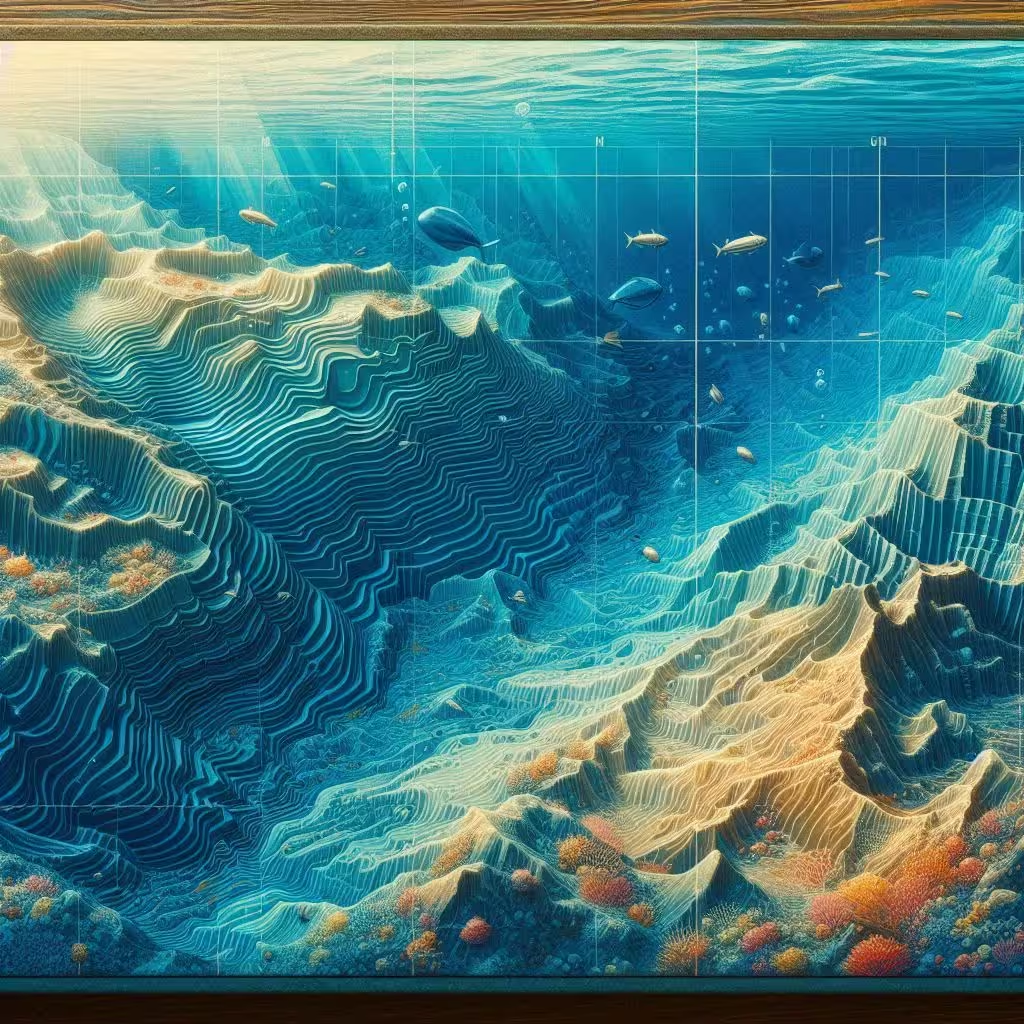The ocean is a vast, mysterious world filled with incredible features and life forms. Exploring these relief features helps us understand the Earth’s geology and the ecosystems that thrive beneath the waves!
Fun Facts About the Relief Features of Oceans
- Mid-Ocean Ridges 🏔️: These underwater mountain ranges are the longest chain of mountains on Earth, stretching over 40,000 miles! They form where tectonic plates pull apart, creating new oceanic crust.
- Abyssal Plains 🌌: Did you know that abyssal plains cover more than 50% of the Earth’s surface? These flat, deep areas are found at depths of about 3,000 to 6,000 meters and are some of the least explored places on the planet!
- Trenches ⛏️: Ocean trenches are the deepest parts of the ocean. The Mariana Trench, for example, reaches depths of about 36,000 feet (nearly 11,000 meters). That’s deeper than Mount Everest is tall!
- Seamounts 🌋: These underwater volcanoes can rise thousands of meters from the ocean floor but don’t break the surface. Some seamounts are hotspots for biodiversity, hosting unique marine life.
- Continental Shelves 🐟: The shallow area of the ocean near coastlines is known as the continental shelf. It’s typically rich in nutrients and supports diverse marine ecosystems, making it crucial for fishing industries.
- Ocean Gyres 🌪️: These massive circular ocean currents, driven by wind and Earth’s rotation, can accumulate trash in what’s known as garbage patches. The Great Pacific Garbage Patch is one of the most famous, affecting marine life.
- Submarine Canyons 🏞️: Just like their terrestrial counterparts, these underwater canyons can be incredibly deep and steep. The Monterey Canyon off California is one of the largest, plunging over 10,000 feet!
- Hydrothermal Vents ♨️: Found along mid-ocean ridges, these vents release superheated water rich in minerals, creating unique ecosystems that thrive without sunlight. The organisms here have adapted in amazing ways!
- Icebergs and Ice Shelves ❄️: While icebergs are often seen floating in the ocean, ice shelves are thick floating extensions of glaciers. The Ross Ice Shelf in Antarctica is one of the largest, spanning over 487,000 square kilometers!
- Ocean Basins 🌍: The Earth has five main ocean basins: the Pacific, Atlantic, Indian, Southern, and Arctic. Each basin has distinct features and plays a critical role in global climate and weather patterns.


Comments are closed